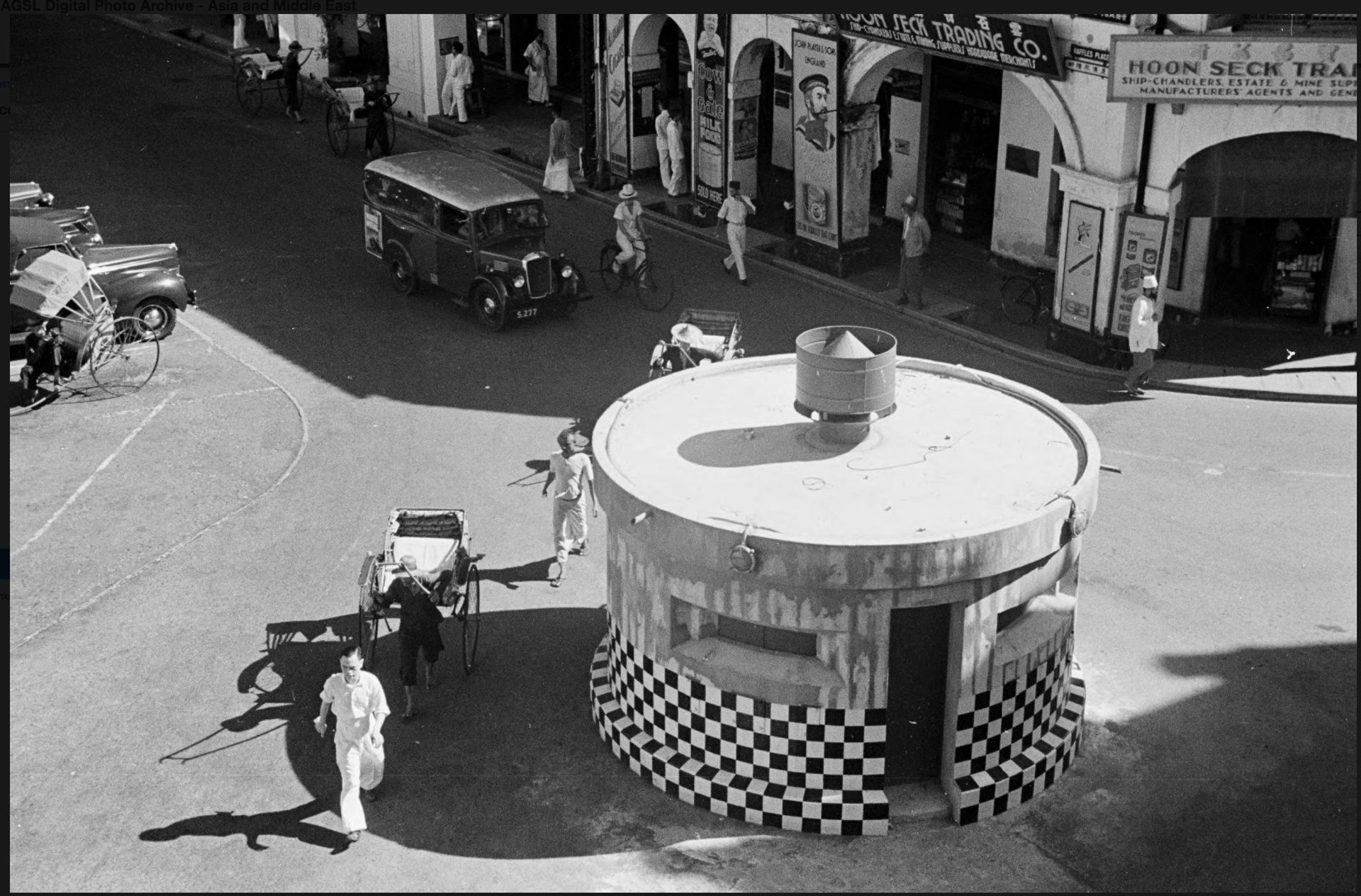
You didn’t come this far to stop
Singapore in 1941 - A Vibrant City on the Edge of War
Episode 19: Singapore in 1941 - A Vibrant City on the Edge of War
A Bustling Metropolis The Heart of Southeast Asia In 1941, Singapore was a thriving port city and a key strategic hub in Southeast Asia. Its bustling streets were filled with a diverse mix of cultures, reflecting the city’s role as a melting pot of British colonial influence, Chinese, Malay, and Indian communities. The city was a vibrant mix of old and new, where colonial buildings stood alongside traditional shophouses, creating a unique architectural landscape.
WW2 HISTORYDESCENT INTO HELLIN THEIR FOOTSTEPS BLOG
Toursofwar.com
8/1/20245 min read
Booming Development and Expansion
A City Under Construction
Singapore in 1941 was also a city in the midst of rapid development. Construction sites were a common sight, with new buildings, roads, and infrastructure projects springing up across the city. The expansion was driven by both the demands of a growing population and the strategic importance of Singapore as a British military outpost. Skyscrapers began to rise alongside traditional structures, symbolizing the city's transition into a modern metropolis. The construction boom reflected Singapore’s ambition to become the leading commercial and military hub in Southeast Asia.
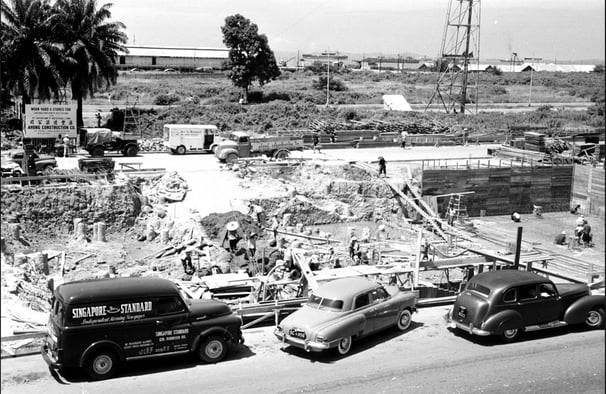

Did You Know?


A Blend of East and West
The architecture of Singapore in 1941 reflected its colonial past and multicultural present. Iconic buildings like the Raffles Hotel, the Victoria Theatre and Concert Hall, and the Sultan Mosque showcased a blend of British colonial and local design elements. These structures stood as symbols of Singapore’s history and its role as a key outpost of the British Empire in Asia.
Singapore’s food scene in 1941 was as diverse as its population. Hawker stalls lined the streets, offering a variety of dishes influenced by Chinese, Malay, Indian, and Western cuisines. Popular dishes included Hainanese chicken rice, laksa, and nasi lemak. The markets were filled with fresh produce, seafood, and spices, providing the raw ingredients for the city’s famous street food.
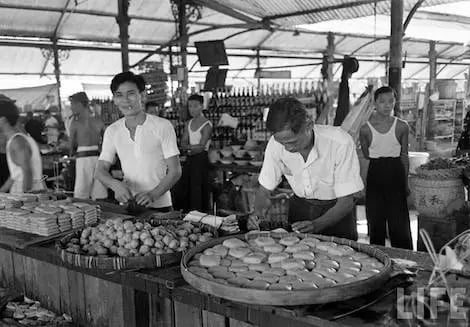

The Culinary Scene
A Feast for the Senses
Diverse Traditions and Celebrations
Cultural Melting Pot

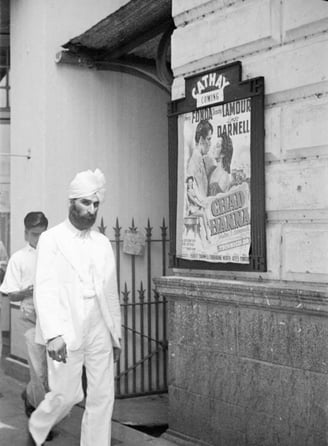
The cultural fabric of Singapore was rich and varied, with each community celebrating its own festivals and traditions. The Chinese celebrated Lunar New Year with dragon dances and lanterns, while the Malay community observed Hari Raya with feasts and prayers. The Indian community marked Deepavali with vibrant lights and traditional sweets. The British colonial presence was also evident, with institutions like the Raffles Hotel serving as social hubs for expatriates.
Did You Know?


Great World Amusement Park:
The "Great World" amusement park in Singapore was one of the most popular entertainment venues in 1941. It featured a range of attractions, including roller coasters, dance halls, and a cinema, drawing crowds from all walks of life.
From Dance Halls to Cinema
Entertainment and Nightlife
Navigating the streets of Singapore was an adventure in itself. The crowded streets were a seething mass of hawkers, food stalls, and coolies, all moving in a seemingly dysfunctional yet somehow coordinated manner. Bicycles, rickshaws, and horn-blowing cars weaved through the chaos, making their hurried way amidst the dense crowds. Above the street-level commotion, laundry hung from bamboo poles protruding from the windows of cramped buildings, adding to the vibrant yet chaotic scene.
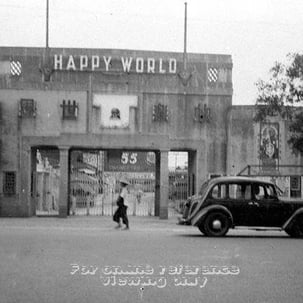
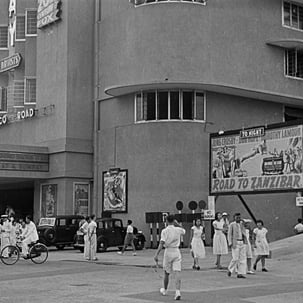
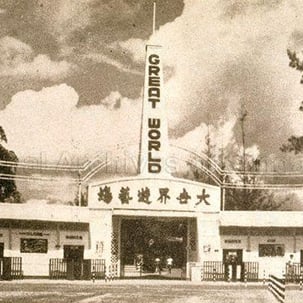
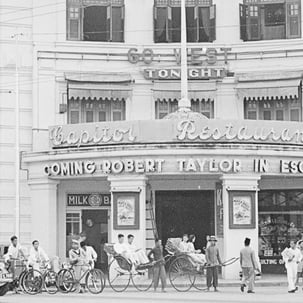
The Lifeblood of Commerce
The Markets and the Pier
The markets and piers of Singapore were the heart of its commercial activity. Goods from across the region flowed through the bustling markets, where traders sold everything from fresh fish to exotic spices. The pier was a hive of activity, with coolies (laborers) loading and unloading ships, moving goods to and from the markets and warehouses. This vibrant trade was essential to Singapore’s economy and its reputation as a key trading hub in Southeast Asia.
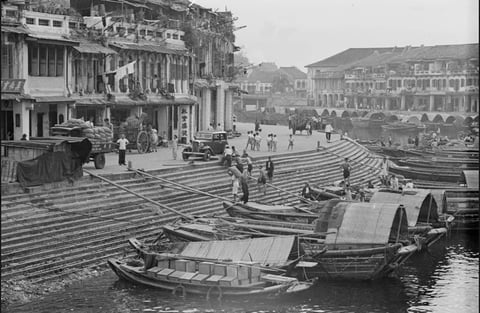

Moving Goods and People
Transportation and Infrastructure
Singapore's transportation network in 1941 was well-developed, with trams, rickshaws, and buses crisscrossing the city. The harbor was one of the busiest in the world, with ships from all over the globe docking at its piers. The streets were a chaotic mix of cars, bicycles, and pedestrians, all navigating the narrow roads lined with shophouses and market stalls.
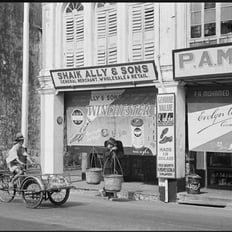
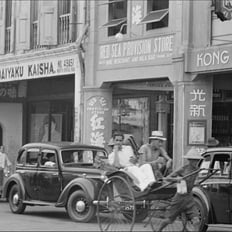
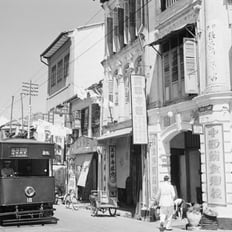
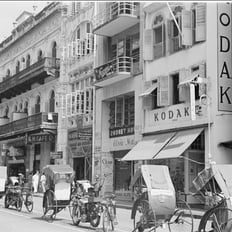
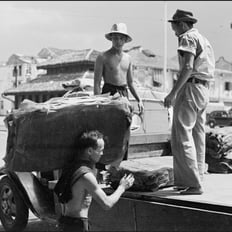
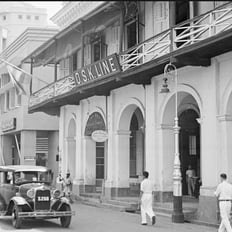
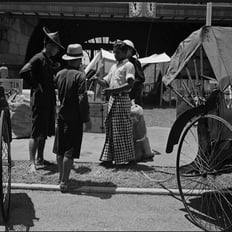
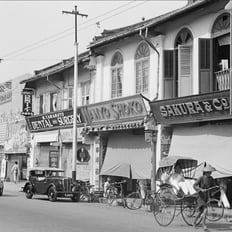
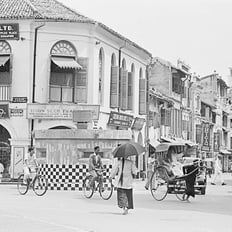
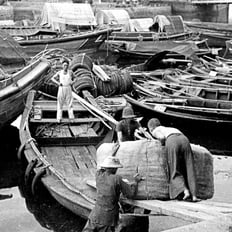
A Blend of East and West
Colonial Architecture
The architecture of Singapore in 1941 reflected its colonial past and multicultural present. Iconic buildings like the Raffles Hotel, the Victoria Theatre and Concert Hall, and the Sultan Mosque showcased a blend of British colonial and local design elements. These structures stood as symbols of Singapore’s history and its role as a key outpost of the British Empire in Asia.
Conclusion
On the Brink of Change
In 1941, Singapore stood as a bustling metropolis, full of life, energy, and cultural richness. Yet, beneath the surface of its thriving streets and booming construction, the city was on the cusp of dramatic change. As the 22nd Brigade prepared to move into Malaya, the soldiers would soon leave behind the vibrant cityscape of Singapore to face the challenges awaiting them in the dense jungles and unforgiving terrain of Malaya. The next chapter in their journey would test their resolve, as the war moved ever closer to this corner of the world.
How You Can Help
Donations and Sponsorships: We are seeking corporate sponsorships and donations to fund ongoing restoration projects and educational programs. Your support can make a significant difference in maintaining the quality and impact of the museum.
Volunteer Opportunities: If you have expertise or time to offer, consider volunteering with us. There are many ways to get involved, from artifact restoration to educational outreach.
Spreading the Word: Share this blog and our mission with your network. The more people who know about the JEATH War Museum and its significance, the greater the impact we can achieve together.
The St Andrews Research Team is dedicated to preserving the legacy of the Thai-Burma Railway and the memories of those who suffered. We need your support to continue our work. There are several ways you can help:
Join the Cause!
If you or someone you know is interested in supporting this cause, please get in touch.
This is a chance to be part of something truly meaningful and impactful.
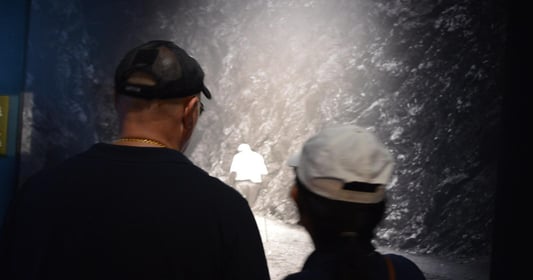

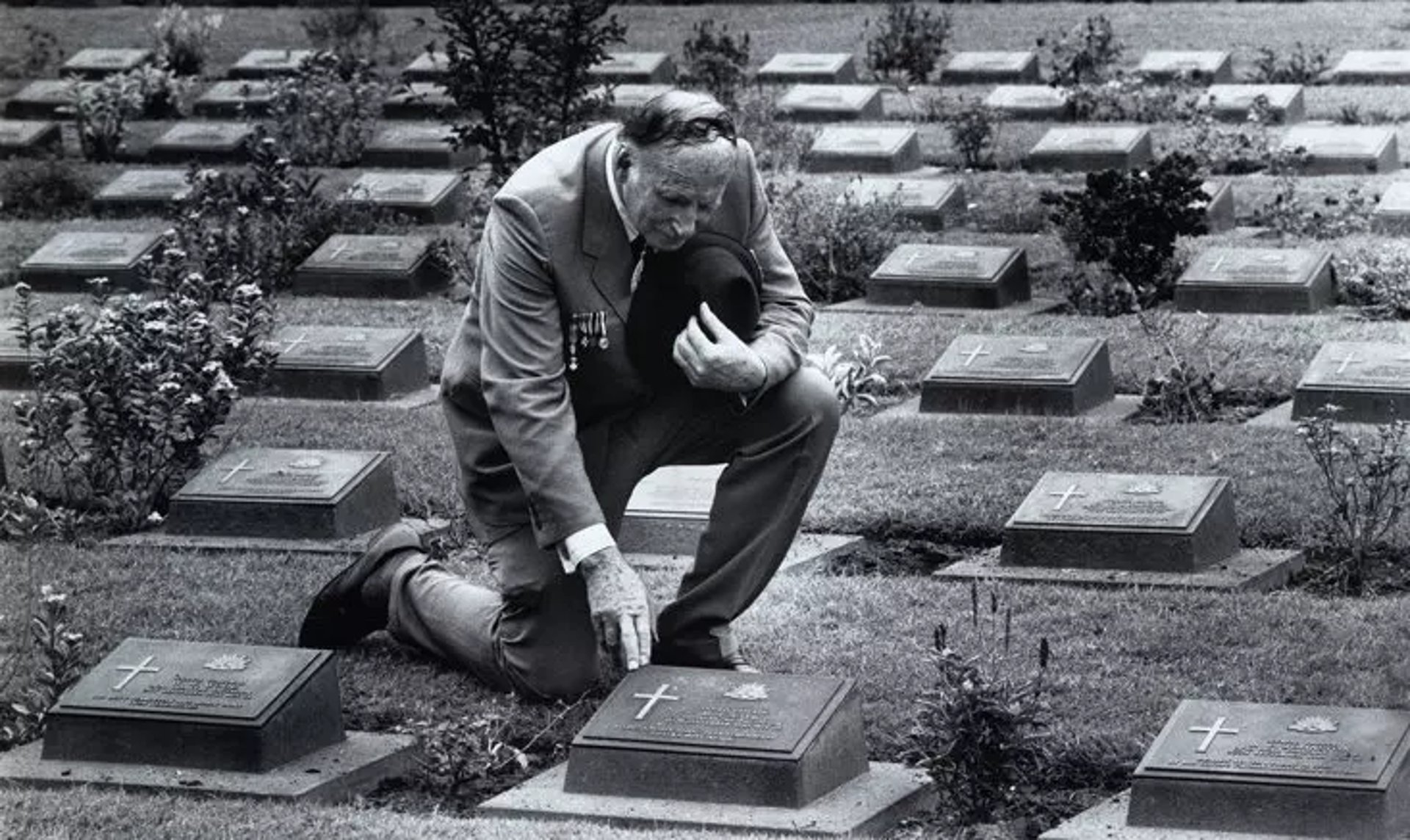
Together, We Can Make a Difference!
This is a veteran-run project, and we need your help to make it happen. Stand with us in honoring the legacy of the POWs and ensuring their stories are never forgotten.
